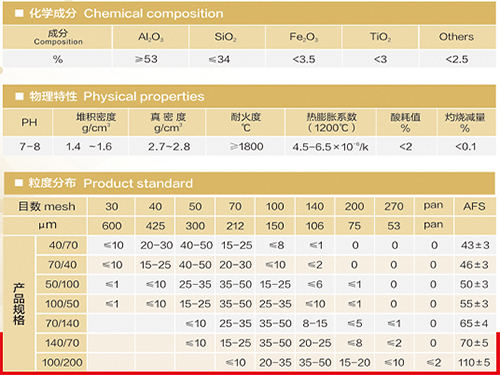

Moreover, the expertise involved in post-casting processes cannot be overstated. Once the metal solidifies, attention shifts to removing the casting from the sand mold, a procedure that demands caution to preserve the integrity of the new structure. Subsequent cleaning and finishing processes, including sandblasting and machining, require skill and precision to refine the component's surface appearance and dimensional accuracy. Professionals who handle these tasks are authoritative figures in the field, capable of transforming raw castings into polished, ready-to-use products. The veritable strength of sand casting lies not just in its process but in its adaptability to evolving market demands. For industries such as automotive, aerospace, and heavy machinery, where customized and large-scale components are prerequisite, the sand casting process is invaluable. Its ability to handle a wide range of ferrous and non-ferrous metals further cements its position as a versatile manufacturing technique. Furthermore, the continuous advancement of technologies like 3D printing has begun to complement traditional sand casting methods, ushering innovations in pattern making and mold design. This blend of technology and traditional craftsmanship enhances the precision, speed, and cost-effectiveness of the sand casting process, catering to a growing demand for both prototype and mass production. In summary, sand casting is an intricate process woven into the fabric of industrial manufacturing. Its reliance on experience, professional expertise, authority, and trust underscores its criticality in producing high-quality metal components. The professionals who navigate this process do so with an eye for detail and precision, driving innovation and ensuring that sand casting remains a cornerstone of manufacturing in an ever-evolving industrial landscape. Post time:Oca . 14, 2025 12:13
Next:sand casting sand types
